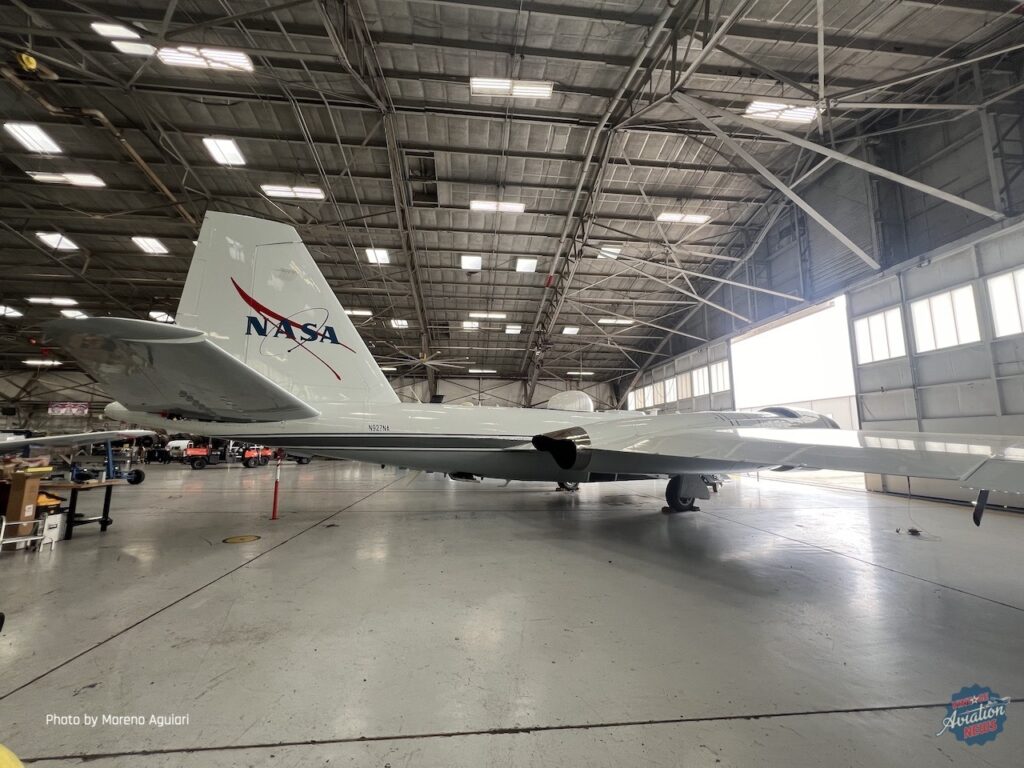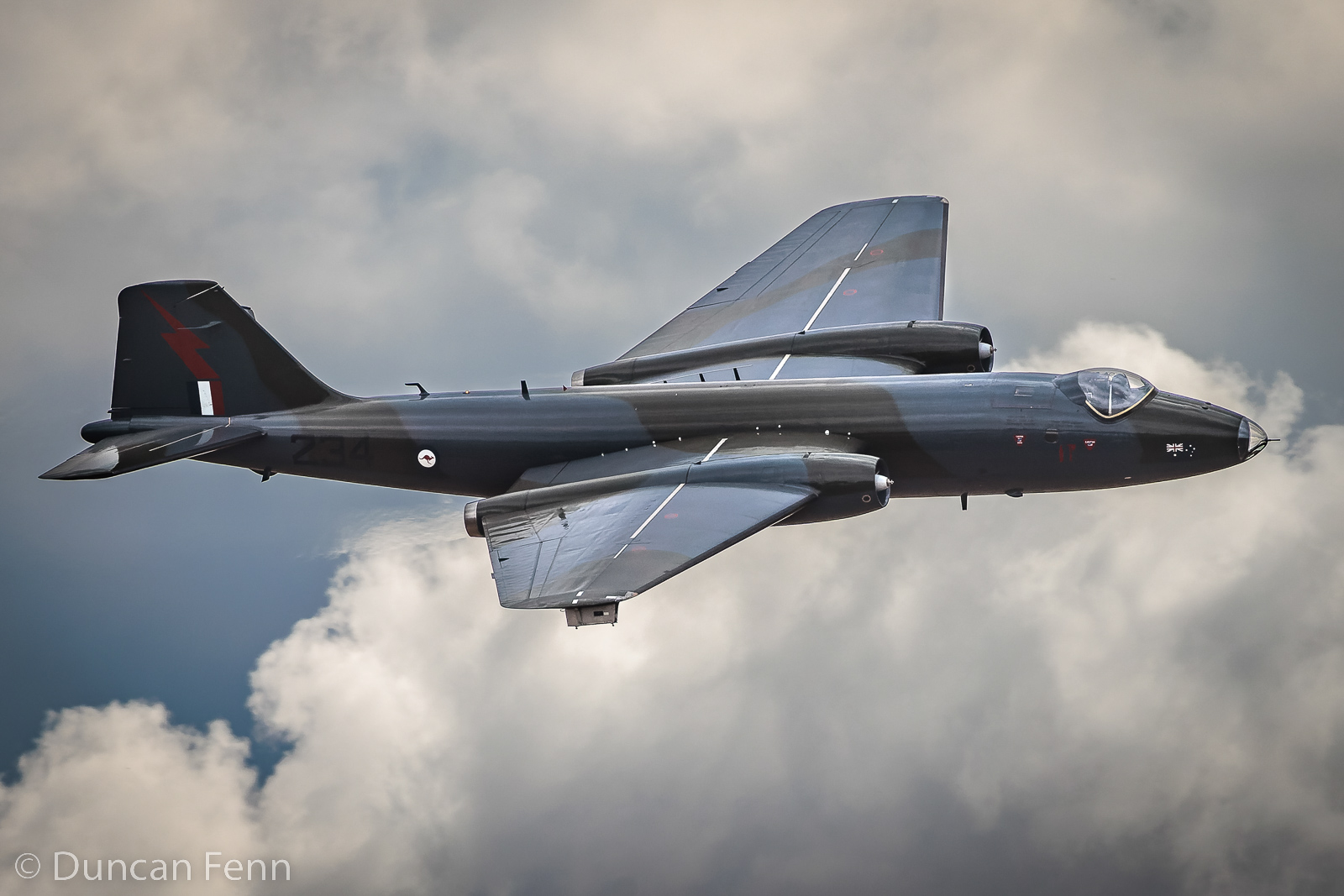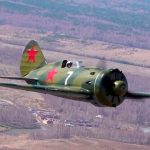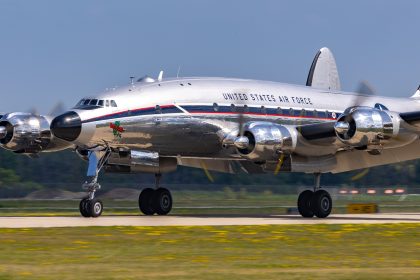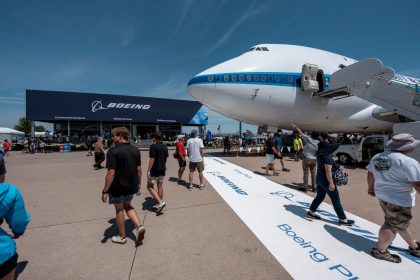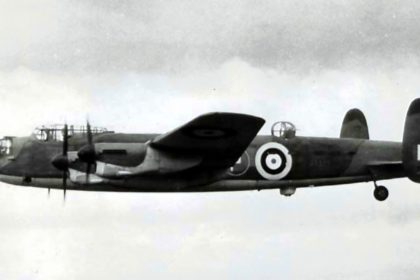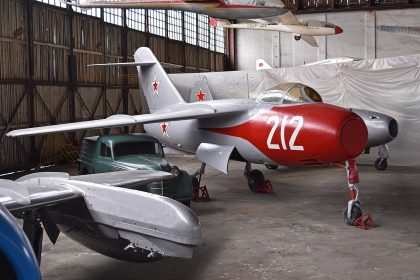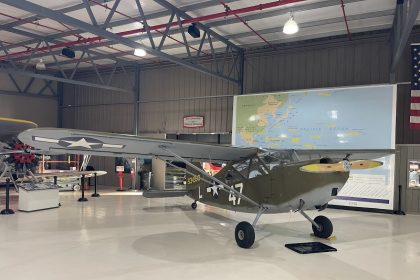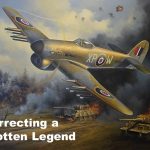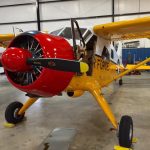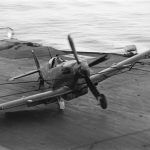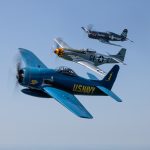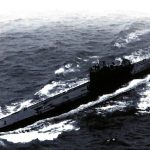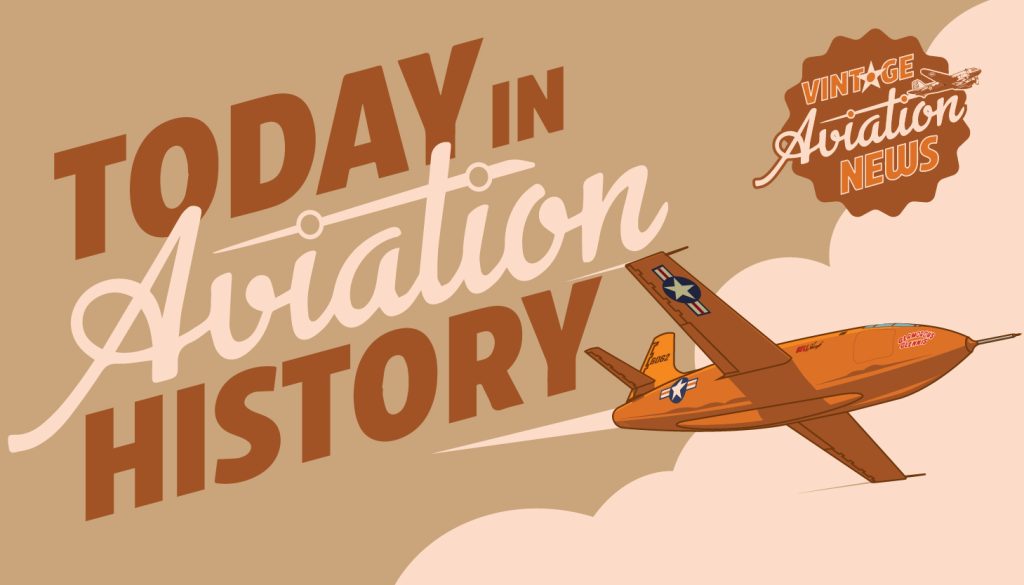 On this day in aviation history, 76 years ago—May 13, 1949—the English Electric Canberra took to the skies for the first time. The historic flight took place at Warton Aerodrome in Lancashire, with Chief Test Pilot Roland Prosper Beamont at the controls. That day, Beamont flew the English Electric A.1 prototype, serial number VN799—one of four Canberra prototypes built. Designed as a jet-powered medium bomber for the Royal Air Force and Royal Navy, the Canberra originated from a 1944 British Air Ministry requirement to replace the de Havilland Mosquito.
On this day in aviation history, 76 years ago—May 13, 1949—the English Electric Canberra took to the skies for the first time. The historic flight took place at Warton Aerodrome in Lancashire, with Chief Test Pilot Roland Prosper Beamont at the controls. That day, Beamont flew the English Electric A.1 prototype, serial number VN799—one of four Canberra prototypes built. Designed as a jet-powered medium bomber for the Royal Air Force and Royal Navy, the Canberra originated from a 1944 British Air Ministry requirement to replace the de Havilland Mosquito.
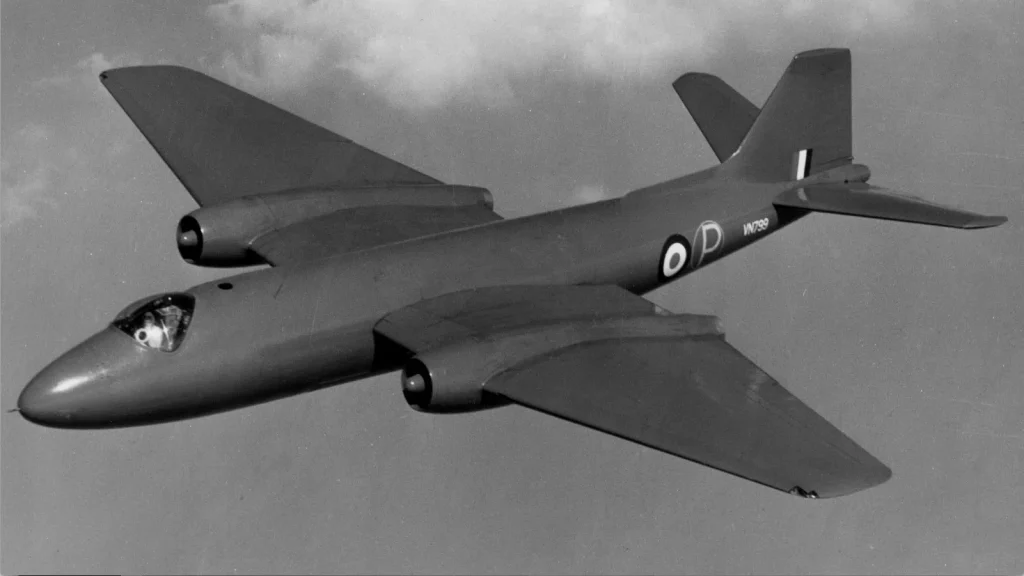
The English Electric Canberra became the RAF’s first operational jet bomber when it entered service in 1951. It quickly distinguished itself by setting multiple world records for transatlantic flight duration and altitude. Its agility and high-speed performance allowed it to evade early Cold War-era interceptors, giving it a significant edge over piston-engine bombers of the previous generation. The Canberra’s advanced capabilities also made it a popular export, with several nations adopting the type for their own air forces.
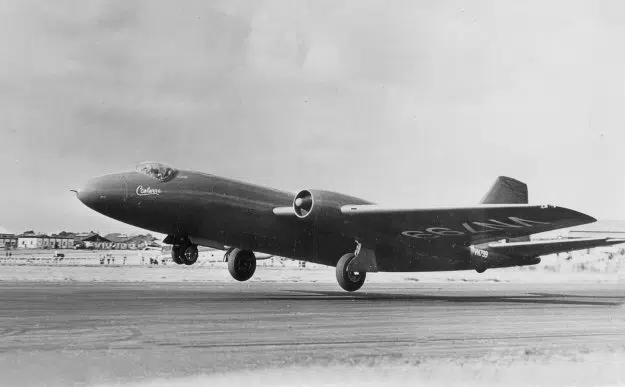
In the United States, the aircraft was produced under license by the Glenn L. Martin Company and designated as the B-57. It was configured for various roles including tactical bombing, nuclear strike, reconnaissance, and photographic missions. The B-57 featured armament options such as four 20mm Hispano Mk.V cannons or two .30-inch machine gun pods mounted in the rear bomb bay. It could also carry rockets, missiles, and up to 8,000 pounds of ordnance—including nuclear weapons like the Red Beard and WE.177A.
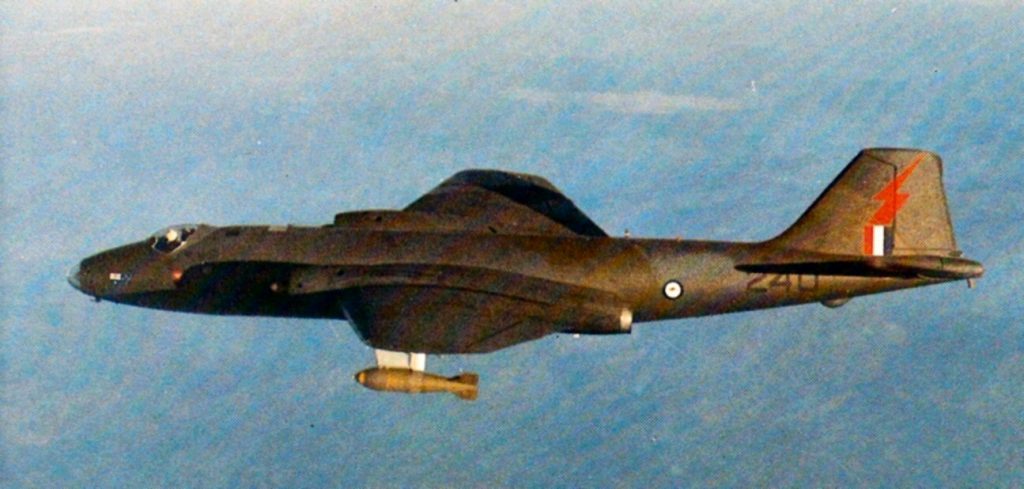
Powered by two Rolls-Royce R.A.7 Avon Mk.109 turbojet engines, each generating 7,400 pounds of thrust, the Canberra had a top speed of 580 mph, a combat range of 810 miles, and a service ceiling of 48,000 feet.
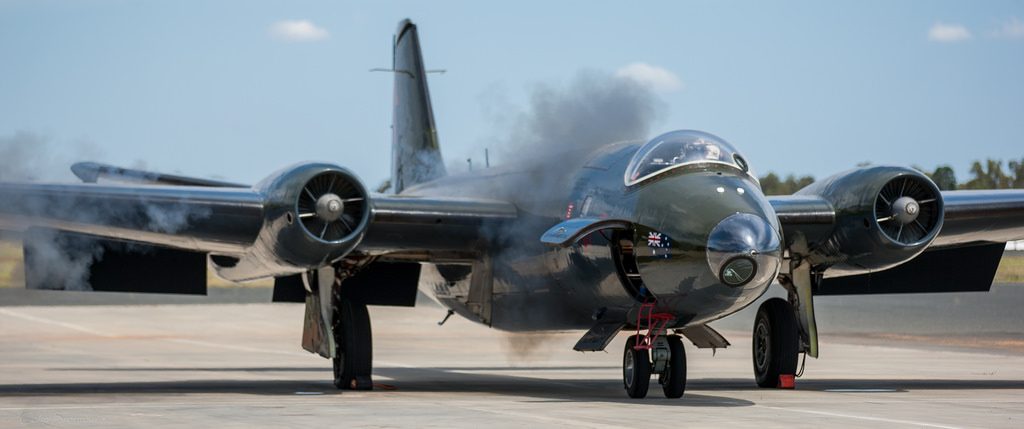
A total of 949 Canberras were produced between 1949 and the end of the production run. The Royal Air Force and the Indian Air Force operated the aircraft well into the 21st century, with final retirements in 2006 and 2007, respectively. Today, a number of Canberras and American-built B-57s survive, with around 10 still airworthy in private hands. The rest are preserved in museums, serving as lasting tributes to a bomber that served with distinction for nearly six decades throughout the Cold War.
